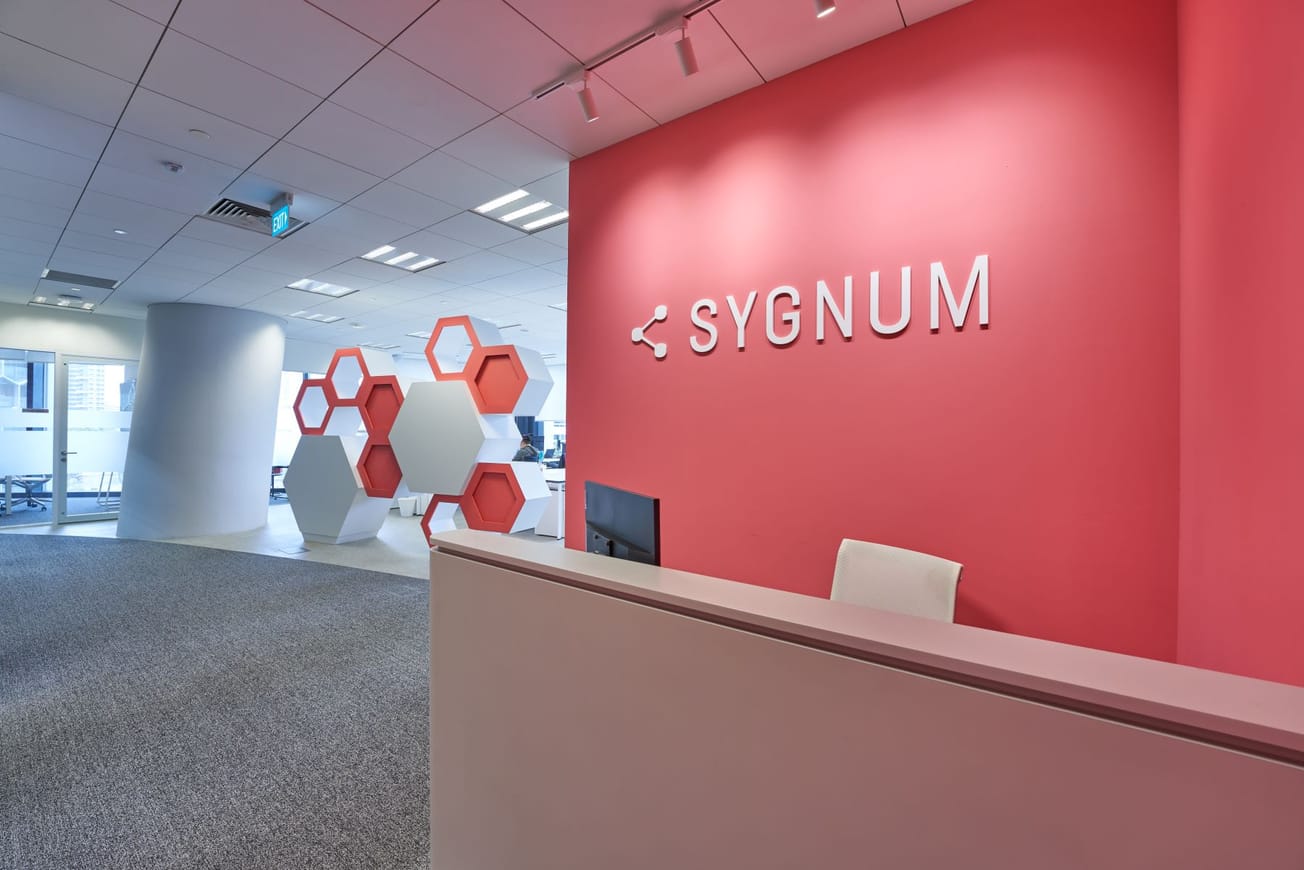Table of Contents
As rumours swirl around FTX and Alameda Research’s solvency, they have remained largely silent. But their on-chain positions speak loudly. The FTX/Alameda complex is asking the market to believe roughly half the contents of wallets containing over 200 million unlocked FTT, sent in to FTX by Alameda, are treated as locked on the FTX platform and that essentially none of those tokens are used as collateral. After reviewing copious on-chain data, this is a big, but not impossible, ask.
The FTT token price is dropping with Binance selling and speculation rife. The core allegation is that, on a consolidated basis, FTX and sibling company Alameda Research hold too much illiquid FTT that they used as collateral to borrow customer deposits and may not be able to return depositors all their tokens. FTX is facing something like a mini-run and withdrawals are proceeding slowly. And detailed on-chain analysis makes plain that FTX is relying heavily on trust.
Related: Binance “Not Against Anyone”… Sells FTX Tokens Following Alameda Revelations
FTT was issued to be the “the backbone of the growing FTX ecosystem” and holding FTT on FTX gets you fee discounts and a range of other privileges. Binance came in to possession of a large haul of FTT when they invested in FTX. On-chain data shows the vast majority of FTT are held in a handful of wallets linked to FTX, its affiliate Alameda, or Binance. About 100,000 ETH addresses have had an FTT balance but nearly all were tiny: over 90% did not break 2 digits.
FTT Token Details
Even FTX’s own documentation makes plain that the FTX-Alameda conglomerate’s treatment of FTT was at best careless. Per FTX’s documentation FTT were originally issued in 4 tranches:
- Round 1 of 50 million tokens sold between US$0.10-0.20
- Round 2 of 6.5 million tokens sold between US$0.20-0.60
- Round 3 of 2.8 million tokens sold between US$0.60-0.80
- About 275 million Team and FTX-owned tokens issued for 0
FTT was also on sale on FTX for a brief while in 2019, which appears to have made up the balance of the 350 million total FTT. The documentation is not entirely clear and FTX did not reply by press time.
FTX ran a somewhat complex unlocking process which, by October 2019, was supposed to leave approximately 200 million locked FTT all linked to FTX or Alameda. These tokens were supposed to be released over a three-year period and are the tokens at the center of the current storm.
We examined the on-chain data and found a range of irregularities. Note that FTX periodically burns FTT and the total supply is down to 330 million from 350 million at the start.
FTT Allocation Details
Some 350 million FTT were minted on 21 April 2019 and sent to an FTX controlled address. Then 255 million FTT were locked in this contact on 5 August 2019. That amount and date do not correspond to any clearly stated information on the FTX documentation pages. We are guessing these correspond to most of the Team and FTX tokens but somehow exclude certain categories.
All the initial distributions are visible on Etherscan and you can clearly see Alameda Research receiving 5 million unlocked tokens on 27 July 2019, two days before the 29 July listing. It is unclear what category of tokens those could possibly be given the amount and this transfer is not mentioned anywhere. Someone else also received 20 million tokens and sent them directly to FTX.
FTT’s distribution, and the link to Alameda, was already murky before the token’s listing. Yes it is reasonable to assume Alameda needed tokens to market-make on FTX. But, despite quite a bit of documentation, those details were never made clear.
FTT Unlock
The 255 million tokens above were supposed to be locked for three years per the original documentation. After reviewing the locking contract code it does enforce a three year schedule with a twist: tokens are released on-demand in whatever amount unlocked since the last withdrawal. This gives a messy withdrawal schedule where approximately 80 million were withdrawn by April 2020 and then the final 175 million sat inside the contract until 28 September 2022. That is five months after the lock ended in May and two days after FTX reached an agreement to buy Voyager for US$1.4 billion.
Every one of those 255 million tokens was sent to Alameda Research. The eight-part allocation notwithstanding, all of these tokens were comingled on-chain.
Circulating Supply & Collateral
FTX shows, as of this writing, the circulating supply as 222 million tokens. However, on-chain data shows only four accounts with 10 million or more tokens, which make up about 87% of the FTT outstanding. Those accounts have balances of roughly 195 million, 59 million, 23 million (and dropping – this is Binance’s wallet) and an exactly-even 10 million. To get to 222 million, some of the 195 in an FTX-controlled wallet must be locked via some off-chain process.
Importantly FTX allows traders to use FTT as collateral currently with a generous risk weighting of 95%. Given how FTX works, a leveraged trader might find themself effectively lending against FTT collateral.
Allegations & Problems
The worrying allegation is that Alameda Research is using FTT as collateral for loans in sizes that can never be liquidated. For example if Alameda borrowed FTX’s client assets using 100 million FTT as collateral nobody believes that loan could ever be liquidated. The gap between FTX’s stated 222 million circulating total and the current on-chain total of 329 million is 107 million. That means FTX is asking us to trust that 107 million of the 197+59=256 million FTT tokens they hold are somehow locked via an off-chain process before we even discuss what fraction of the remaining 149 million may be used as collateral for loans by Alameda. And all of this kicked off two days after FTX committed to paying US$1.4 billion.
FTX and Alameda have asserted this is false on Twitter. But the fact remains we have no way of knowing if this is true and FTX is holding, on-chain, unlocked tokens far in excess of their own stated circulating supply.
It would of course be possible for FTX to allow Alameda to pledge locked tokens on the exchange because they share the same owner and the exchange itself is not open-source. But here we are doubly in the dark as we are being asked to believe the contents of a single wallet are somehow bifurcated within FTX.
Related: FTX Becomes Next Bankrun as Users Panic Withdraw… Should You Too?









